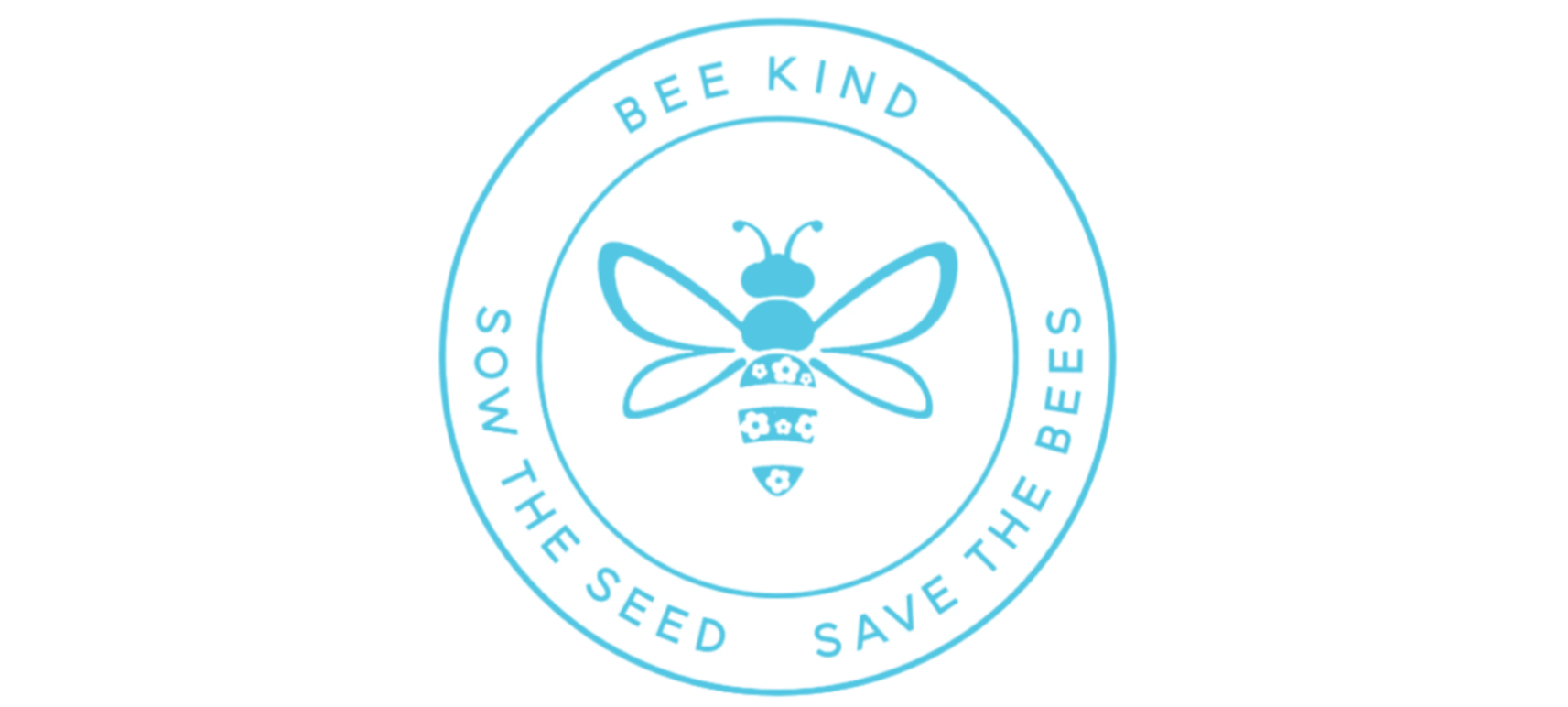Sowing Seeds
Direct sowing is the easiest option, you won’t be required to transplant, or sun harden your seedlings and there won’t be any root disturbance. Direct sowing is simply sowing the seeds in their finial growing place whether it is into the ground or a large pot outdoors in full sun.
You will find that there are a lot of seeds in some of our mixes, try to spread them thinly across the ground, they like their own space to grow. You can store the seeds for several years before the germination rates start to decline, you can use them in following years. Mixing the seeds through a wet coarse sand or vermiculite before sowing or using a seed shaker will help you spread them out more evenly over the area you want seeded. Densely planted seedlings, such as the ones shown below, will stunt plant growth and may cause mildew.

Make sure you prep the area by removing weeds, rocks, sticks and break up clumps of soil. Loosen up the soil if it is rock hard. Adding compost to the area will give your seeds a good start too.
Keeping the soil moist during the first few weeks is essential for germination, you don’t want the seeds to dry out. That’s not to mean flood them daily, if they sit in too much water or poor draining soil they can rot. It is probably a good idea to water them with a mist or gentler setting, you don’t want to blast them out of the soil. As the seedlings mature, they will require less water.
Starting Your Seeds Inside
Sometimes the best option for starting seeds is to do it indoors and transplant them into the garden when weather conditions are ideal. Other than the Frost Tolerant Mix, all the seed mixes will not tolerate heavy frost. This is also more cost effective than purchasing plants or seedlings and you will often get better germination rates in controlled conditions.
What to grow them in? The obvious answer might be pots, however not everyone has pots lying around or wants to go out and buy some. Empty berry punnets make great little green houses to start your seeds in, often keeping the soil wet for longer. Once the seedling outgrows the lid, open it up. Egg cartons can also make great little pots that are biodegradable and can be planted with the seedling. There are many creative options that allow you to recycle things from around your house.
Your seedlings will need a light source, whether it is natural light or a grow light. Keeping them on a windowsill or close to a window should be sufficient.
Keep your soil moist for the first few weeks, just as you would if you direct sowing them.
Once your seedlings have outgrown their container, conditions are suitable outside or you are simply ready to plant up your garden, you will need to get them ready for the outdoors.
Sun Hardening Your Seedlings
Leaves get thicker the more they are exposed to sunlight. If you have started your seeds indoors the seedlings will be used to the controlled conditions and will have thin, tender leaves. You will need to expose them to the sun slowly to avoid frying your little plants. If you have used grow lights that have an artificial UV light incorporated, you will most likely find that your seedlings will not require hardening off and can withstand full sun. There are several methods to harden off your plants, should you need to.
One option is to leave the seedlings in a sheltered spot for several hours each day until they can handle full sun. Do this for about seven days starting with an hour of sun exposure and adding an hour each day. Day 1 – 1 hour, day 2 – 2 hours etc… This is a painstaking way to do it and doesn’t really suit everyone’s daily routine but if you have the time go for it.
A quicker option is to look at the forecast and leave your plants outside on three consecutive overcast days. Make sure this is after the last frost date and in a sheltered position, you don’t want them to be blasted with wind.
Alternatively, you can leave your seedlings in a sheltered position that only receives the morning sun and is shaded for the remainder of the day.
If you are feeling creative, you can rig up a little shade sail that filters the harsh sunlight and leave it up for several days.
